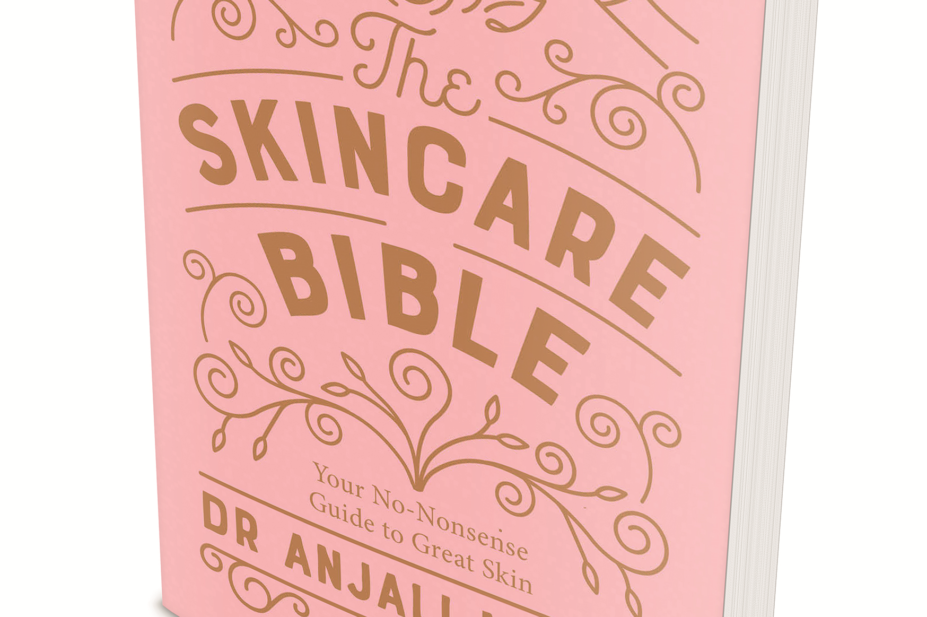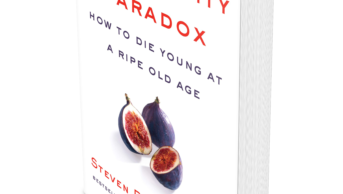
Skin problems account for almost 20% of all over-the-counter sales, yet most pharmacists receive little training in dermatology as undergraduates. This new book by consultant dermatologist Anjali Mohta, who, as she freely admits, suffered with acne for many years, provides an overview of the more common skin problems that pharmacists are likely to encounter.
The book begins with a simple but adequate refresher on the structure of the skin and the changes that occur with instrinsic ageing — the things that are beyond our control. While we are unable to reverse these changes, as Mohta points out, we can do something about extrinsic ageing, of which the primary cause is ultraviolet radiation. This is, of course, the use of sunscreen. However, the author clarifies a point that is often lost on patients — sunscreen with a sun protection factor (SPF) of 30 does not provide twice the protection of a SPF 15 product. She also offers practical advice on the type of formulation that should be used, based on whether the person has oily or dry skin.
One interesting section demystifies the infamous terms with which we are all familiar, such as ‘hypoallergenic’, ‘clinically proven’ and ‘dermatologically tested’. In short, it seems that all have little actual meaning and represent a marketing ploy to convince the unsuspecting customer that there is some credibility attached to the product. Mohta makes a big deal of cleansing and describes a suitable cleansing routine for those with different skin types.
Chapter five provides a fairly straightforward description of several different skin problems. Starting with acne, the book covers the causes and the range of treatments available. I noted that Mohta made a factual error in mentioning that adapalene is available over the counter, which is true for the United States, but not the UK. Other conditions covered are rosacea, melasma, and those dark circles under our eyes and what we can do about them.
The impact of lifestyle, anti-ageing compounds, and finally moles and skin cancer are considered in the final chapters. The lifestyle advice is mostly common sense: eat healthily, get plenty of sleep and avoid smoking and drinking too much alcohol. The author provides a detailed account of the different anti-ageing treatments. Although this is quite comprehensive, I think it would have benefitted from having a final summary that described what really works.
Unfortunately, the final chapter on moles and cancer is again nothing more than common sense — avoid the hottest part of the day and wear a sunscreen! However, Mohta lambasts high-street mole clinics, which she feels are no substitute for a dermatologist.
Despite the lack of references to allow readers to follow up on Mohta’s many claims, overall, I think this is a great little book that will equip pharmacists with some useful and practical advice that can be passed on to patients. The book also serves as a reminder that skin problems, even if mild, can have an huge negative impact on sufferers. As healthcare professionals we should always recognise this fact and strive to treat those with a skin problem empathically.
Rod Tucker
References
The Skincare Bible: Your No-nonsense Guide to Great Skin, by Anjali Mahto. Pp 294. £14.99: Penguin Random House (London); 2018. ISBN 978-0-241-30910-0


